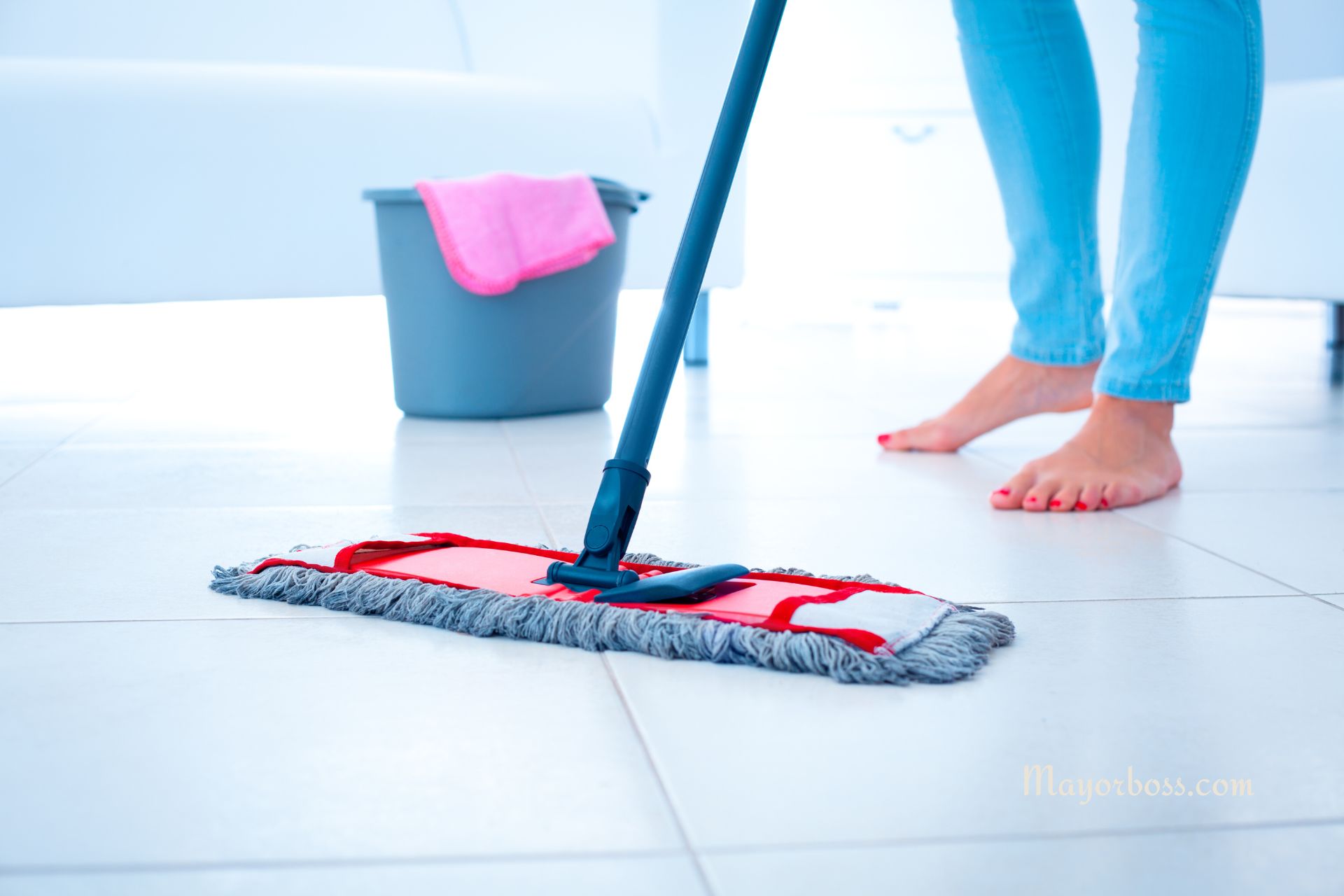How Often Should You Replace Your Mop Heads?
Keeping your home clean is essential, and your mop plays a crucial role in maintaining the cleanliness of your floors. However, like any tool, a mop needs proper care and occasional replacement, especially the mop head. You might wonder how often you should replace your mop heads to ensure effective cleaning. Well, it depends on a few factors, including the type of mop you use, how frequently you mop, and what you’re cleaning up.

Factors Affecting Mop Head Replacement
Type of Mop
Different types of mops have different lifespans. For example, traditional string mops might need their heads replaced more often than microfiber mops, which are known for their durability and ability to be washed and reused multiple times.
Frequency of Use
How often you mop your floors will also determine how frequently you should replace the mop head. If you mop daily, the wear and tear will naturally be greater than if you mop once a week.
Cleaning Tasks
What you’re cleaning up can also affect the lifespan of your mop head. Spills from sugary drinks or sticky substances can make a mop head less effective more quickly than if you’re just dealing with dust or dirt.
General Guidelines for Replacement
As a general rule, you should consider replacing your mop head:
- For heavy use: If you’re using your mop in a high-traffic area or for commercial purposes, replacing the mop head every two to three months is advisable.
- For moderate use: In a typical household setting, where you mop once a week or so, replacing the mop head every three to six months can keep your cleaning routine effective.
- After cleaning up a mess: If you’ve used your mop to clean up a significant spill, especially one involving hazardous materials or substances that can degrade the mop material, it’s wise to replace the mop head immediately.
Signs It’s Time for a New Mop Head
You might need a new mop head sooner than you think if you notice:
- Bad odors: A persistent musty or foul smell from the mop head, despite washing it, is a clear sign it’s time for a replacement.
- Visible wear and tear: Fraying, tearing, or the mop head coming apart means it’s time to get a new one.
- Decreased effectiveness: If you find that your floors are not as clean as they used to be after mopping, your mop head might be too worn out to do its job effectively.
Tips for Extending Mop Head Life
To get the most out of your mop head, follow these tips:
- Wash regularly: If you have a machine-washable mop head, like microfiber, washing it after each use can help maintain its effectiveness.
- Dry properly: Always wring out your mop head thoroughly and hang it up to dry in a well-ventilated area to prevent mold and mildew growth.
- Alternate between multiple mop heads: Having more than one mop head allows you to rotate between them, giving each one ample time to dry and potentially extending their lifespan.
Conclusion
Ultimately, how often you should replace your mop head depends on how you use it and what you’re cleaning. Regular inspection and maintenance of your mop can ensure it remains an effective tool in keeping your floors sparkling clean. Don’t wait until your mop is falling apart; keeping an eye on its condition and replacing the mop head as needed will make your cleaning efforts more efficient and hygienic.
Frequently Asked Questions
- Can I wash my mop head instead of replacing it? Yes, if your mop head is made of a washable material like microfiber, washing it can extend its life. However, it will still need to be replaced eventually due to wear and tear.
- How can I tell if my mop head is microfiber? Microfiber mop heads have a soft, plush feel and are made of very fine synthetic fibers. They are usually labeled as microfiber by the manufacturer.
- What should I do with old mop heads? If they’re too worn out for cleaning floors, you can repurpose old mop heads for other cleaning tasks, like dusting or washing cars, before ultimately disposing of them.
